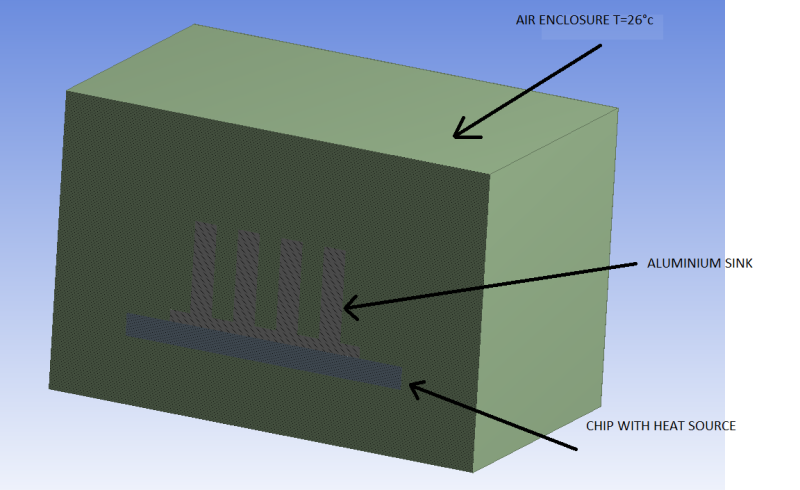luckyjones86
Mechanical
Hi,
I'm dealing with an heat sink in an air enclosure. Attached to the heat sink there's a chip with an internal heat source.
I'm setting the Fluent model with the "laminar" behaviour for really low Reynolds number.
My target is understand how much is the influence of natural convection on the heat sink final temperature.
So, I'm conducting a steady state simulation with the Boussinesq Model and laminar behaviour.
It's correct?
I made the same simuation in Ansys steasy state thermal package indicating an average convection coefficient (20 W/m^2k alluminium - air). The results are really different from fluent simulation output. Why??
Thanks so much!!
I'm dealing with an heat sink in an air enclosure. Attached to the heat sink there's a chip with an internal heat source.
I'm setting the Fluent model with the "laminar" behaviour for really low Reynolds number.
My target is understand how much is the influence of natural convection on the heat sink final temperature.
So, I'm conducting a steady state simulation with the Boussinesq Model and laminar behaviour.
It's correct?
I made the same simuation in Ansys steasy state thermal package indicating an average convection coefficient (20 W/m^2k alluminium - air). The results are really different from fluent simulation output. Why??
Thanks so much!!

